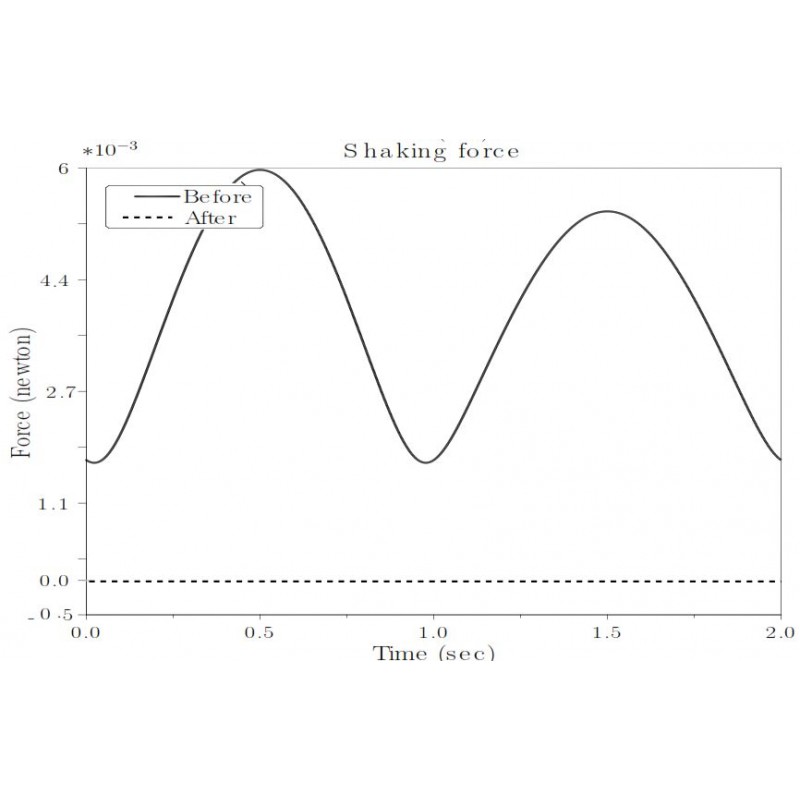- On sale!






And in fact, to use materials as a variety of tools, one had to know their resistance. Therefore, it can be said boldly that the science of resisting materials has a life equal to that of history. Of course, the process of identifying and estimating the resistance of objects has begun with empirical and primitive methods and has come to the scientific methods of the present century.

Security policy (edit with Customer reassurance module)

Delivery policy (edit with Customer reassurance module)

Return policy (edit with Customer reassurance module)
And in fact, to use materials as a variety of tools, one had to know their resistance. Therefore, it can be said boldly that the science of resisting materials has a life equal to that of history. Of course, the process of identifying and estimating the resistance of objects has begun with empirical and primitive methods and has come to the scientific methods of the present century.
The science of resistance materials has many branches that have grown significantly. One of the branches of this science is the mechanics of failure with high application and relatively difficult scientific analysis. Given the necessity of applying new and diverse materials across a wide range of technologies, new standards in design methods are required. In the meantime, the science of the mechanics of failure has received special attention.
Fracture mechanics was introduced as an engineering discipline in the 1980s by Georg Rirwin at the Naval Research Laboratory (NRL). In the following decades, the concepts of the mechanics of failure were developed in various researches at universities and research centers. The mechanics of fracture mechanics has various applications in engineering design including the analysis of traffic fractures and the prediction of fatigue crack propagation. Since fracture fractures occur in about 5% of fractures, the application of fracture mechanics can be very useful.
One of the most important problems in pipelines is cracking and breakage of pipes. Since pipelines are usually at high pressures of about 1000 Psi, the presence of corrosive substances in natural gas provides the conditions for stress and creep corrosion. If the pipe metal is susceptible to stress corrosion, it will crack and stop the transfer process. Also due to the operation of pressure boosting stations in pipelines, changes in discharge, reduction or withdrawal of gas, there are compressive changes in pipelines that cause fatigue. There have been numerous studies and investigations into the phenomenon of stress and creep corrosion, including Fang and Hanou, who investigated the influence of environmental and mechanical parameters on creep and creep deformation. Have investigated neutral cracking in X70 pipes in acidic environments. Musinko and his colleagues have simulated the development of inner and boundary cracks due to stress corrosion in polycrystals.